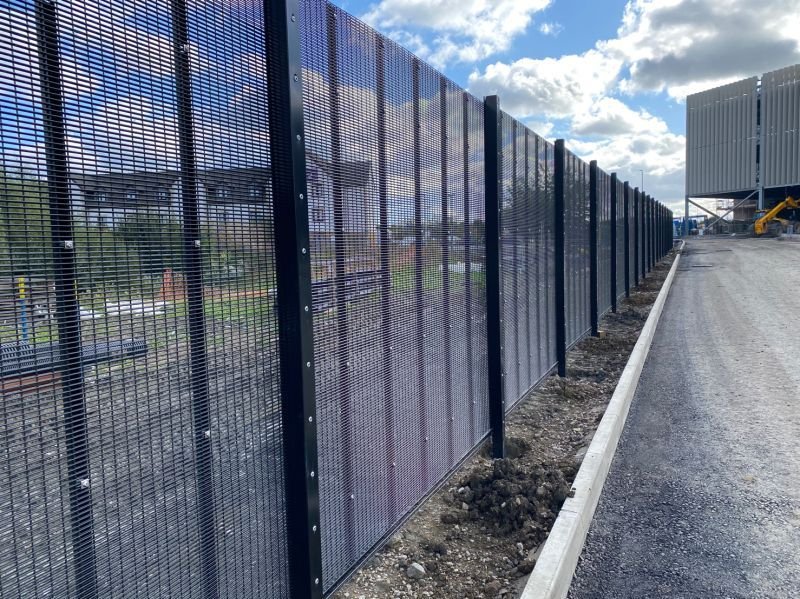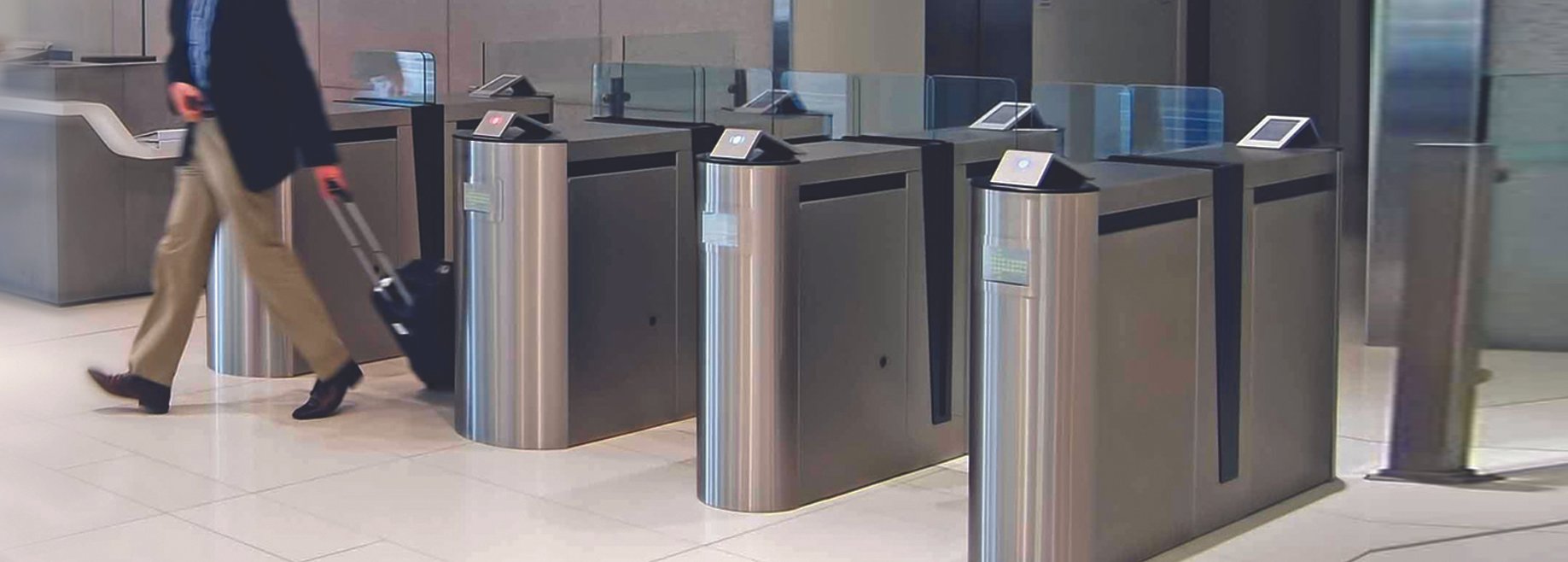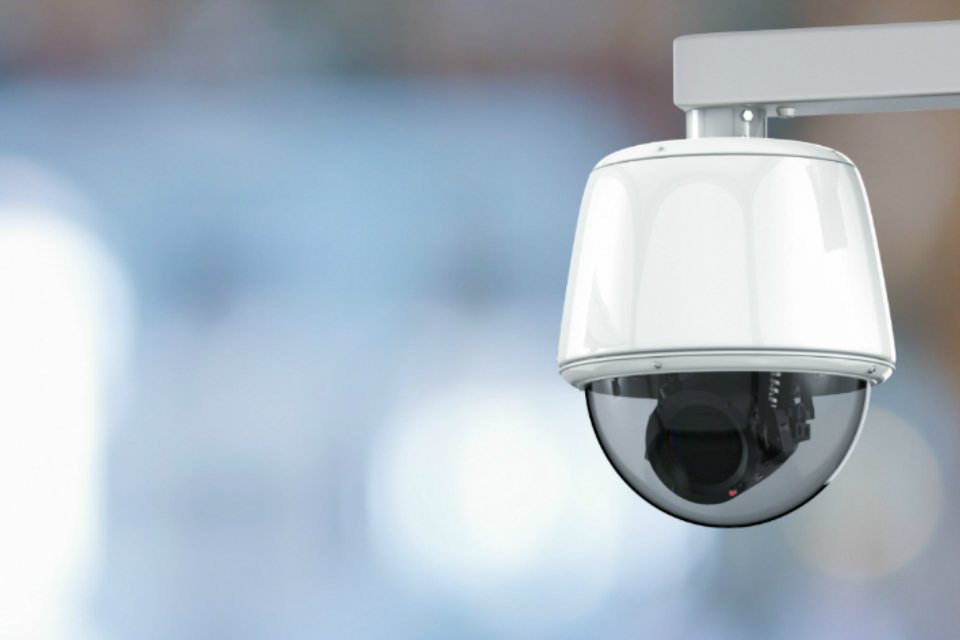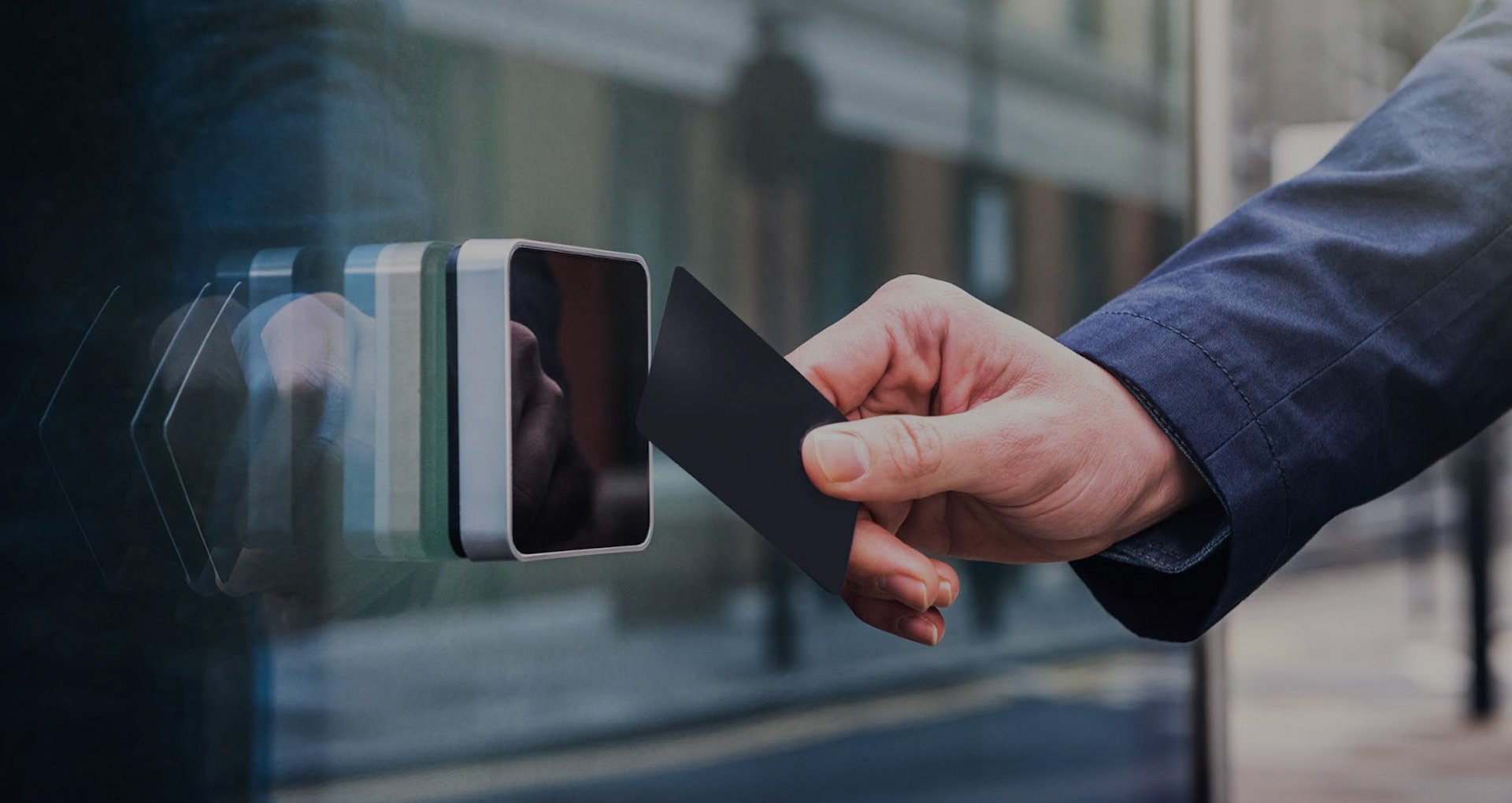The Onion Approach to Physical Security: Layers of Protection with Graphite Security
Introduction
Physical security is a critical aspect of safeguarding assets, people, and information in our increasingly interconnected world. Just as you would protect your home with layers of security, the same principle applies to securing businesses, data centres, government facilities, and more. One of the most effective strategies in physical security is known as the "Onion Approach." In this blog, we will explore what the Onion Approach is and how it can be applied, with a focus on how Graphite Security incorporates this method within its security reports.
Understanding the Onion Approach
The Onion Approach to physical security is a metaphorical concept that draws parallels between the layers of an onion and the layers of security that protect a physical space or asset. Just as the layers of an onion provide increasing levels of protection for the core, the Onion Approach involves implementing multiple layers of security measures to deter and prevent unauthorised access or threats.
Layers of Physical Security
Perimeter Security: The outermost layer of the security onion is the perimeter. It includes measures such as fencing, gates, access control systems, and security cameras. These elements create a clear boundary between the protected area and the outside world, acting as a deterrent to potential intruders.
Access Control: The next layer focuses on controlling who can enter the premises. This involves systems like keycards, biometric scanners, or PIN codes. Access control systems not only restrict entry but also log who is coming and going, enhancing accountability.
Intrusion Detection: Beyond access control, intrusion detection systems are crucial for identifying unauthorised access attempts. These systems can include motion detectors, glass break sensors, and alarms that trigger when a breach is detected.
Surveillance: Surveillance cameras play a significant role in physical security. They not only act as a deterrent but also provide valuable evidence in case of an incident. Modern surveillance systems often include analytics for identifying suspicious behaviour.
Security Personnel: Human presence adds an essential layer of security. Security guards or personnel can respond quickly to security breaches, emergencies, or suspicious activities. They are also responsible for monitoring CCTV feeds and access control systems.
Environmental Controls: Environmental factors can pose a threat, too. Fire suppression systems, temperature controls, and even seismic detectors can protect against different types of hazards.
Data Protection: For facilities housing sensitive data, securing information within the premises is crucial. This involves secure server rooms, encryption, and data backup protocols.
Emergency Response: The final layer focuses on what happens during emergencies. This includes protocols for evacuations, communication systems for alerting authorities, and emergency response plans to ensure the safety of occupants.
Graphite Security's Role
Graphite Security, a leading provider of comprehensive security solutions, understands the importance of the Onion Approach to physical security. They employ a multi-layered strategy to safeguard their clients' assets and personnel. What sets Graphite Security apart is its commitment to delivering detailed security reports that encapsulate the Onion Approach's principles.
Comprehensive Assessment: Graphite Security conducts a thorough assessment of the client's security infrastructure, evaluating each layer of protection. This assessment forms the foundation of their security reports.
Layered Insights: The security reports provided by Graphite Security detail the effectiveness of each security layer. Clients receive insights into the status and performance of their perimeter security, access control, surveillance, and more.
Vulnerability Identification: Graphite Security identifies vulnerabilities within each layer and recommends improvements. Whether it's upgrading access control systems or enhancing surveillance capabilities, their reports provide actionable recommendations.
Incident Reporting: In the unfortunate event of a security breach or incident, Graphite Security's reports include incident reports that outline the breach, the layers of security involved, and recommendations for preventing future occurrences.
Continuous Monitoring: The Onion Approach is not static; it requires ongoing monitoring and adaptation. Graphite Security's reports include data on ongoing security performance, allowing clients to make informed decisions on security investments and adjustments.
Conclusion
Physical security is an ongoing process that requires a combination of technology, personnel, and procedures. The Onion Approach to physical security, when implemented with the expertise of companies like Graphite Security, provides a robust and effective strategy for protecting assets, people, and information. By incorporating this method within its security reports, Graphite Security ensures that its clients have a comprehensive understanding of their security posture and can make informed decisions to enhance their security layers. Remember, just like peeling back the layers of an onion reveals its core, a well-executed Onion Approach unveils a secure and protected environment, with Graphite Security as your trusted guide.





